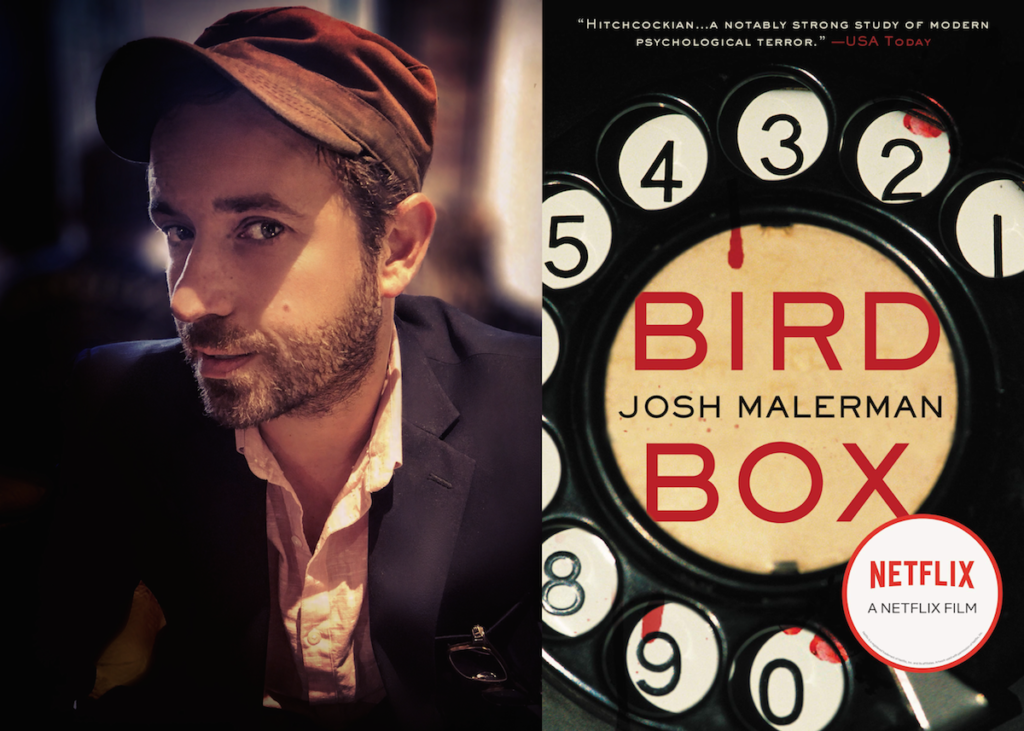This type of category fiction dates back to the late eighteenth and early nineteenth centuries. Contemporary gothic novels are characterized by atmospheric, historical settings and feature young, beautiful women who win the favor of handsome, brooding heroessimultaneously dealing successfully with some life-threatening menace, either natural or supernatural. Gothics rely on mystery, peril, romantic relationships and a sense of foreboding for their strong, emotional effect on the reader. A classic early gothic novel is Emily Brontë''s Wuthering Heights.
The gothic writer builds a series of credible, emotional crises for his ultimately triumphant heroine. Sex between the woman and her lover is implied rather than graphically detailed; the writer''s descriptive talents are used instead to paint rich, desolate, gloomy settings in stark mansions and awesome castles. He composes slow-paced, intricate sketches that create a sense of impending evil on every page. Book-length gothics (usually written in first person) are therefore long enough to accommodate lengthy descriptions; many run 65,000-90,000 words.
A variation of the traditional gothic work is the horror or Satanic tale. It concerns elements of the supernatural or parapsychology, such as witchcraft, the occult or ESP Since much remains unknown about these subjects, the writer is free to fully use his imagination. In works such as Rosemary''s Baby or The Exorcist, these gothics penetrate the darker side of human existence, including mental disintegration. Interest in the occult and the power of the human mind periodically brings a resurgence in the market for this type of novel.
Though the popularity of the traditional gothic novel has often wavered throughout the years, there are nevertheless many faithful readers and publishers of this vividly escapist fiction. Novel & Short Story Writer''s Market lists book and magazine publishers soliciting gothic material.









